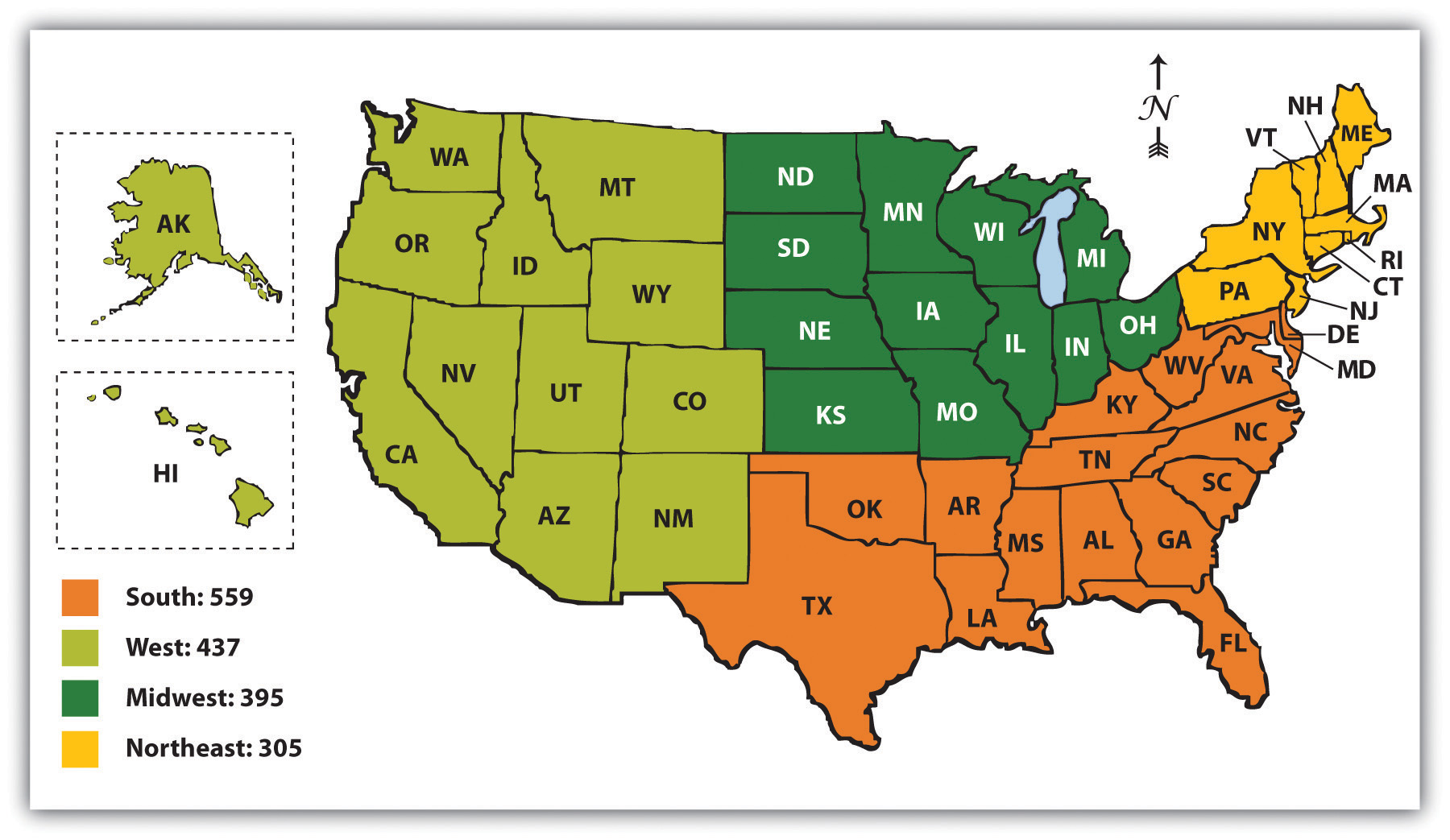What Are The Three Types Of Formal Organizations
Division of labor and related hierarchy of power and authority. Utilitarian organizationsOrganizations that people join to provide them an income or some other personal benefit.
 Advantages And Disadvantages Of Autocratic Leadership Leadership Organizational Behavior Behavior
Advantages And Disadvantages Of Autocratic Leadership Leadership Organizational Behavior Behavior
Formal structures underpinning organisational charts may not really reflect the actual knowledge flows.
What are the three types of formal organizations. 63 Formal Organizations Types of Formal Organizations. It is the informal networks that have played a critical role in getting important. This table shows Etzionis three types of formal organizations.
Types of Formal Organizations. Large organizations fall into three main categories. The following are the shared characteristics of formal organizations.
Girl Scout troops and correctional facilities are both formal organizations. Photo a courtesy of. The following table highlights each type including examples.
Michelss Iron Law of Oligarchy. As discussed earlier Max Weber emphasized that modern societies. As one type of formal organization the bureaucracy has several defining characteristics including specialization hierarchy written rules and regulations impartiality and impersonality and record keeping.
Mutual benefit service business and commonweal. People act together to achieve a shared goal not individually. Documented and shared policies practices and goals.
Normative - organisation we join voluntary which is to gain prestige and common interest. Table courtesy of Etzioni 1975 Normative or Voluntary Coercive Utilitarian. Table of Formal Organizations.
Sociologist Amitai Etzioni 1975 developed a popular typology of organizations based on. Thereare 3 types of formal organisation. His three types are utilitarian normative and coercive organizations.
Participating in them persons feel belonging to general good and purpose. Girl Scout troops and correctional facilities are both formal organizations. The latter is understood as the formal organization that directs a political life of a society.
Such structures include church brotherhoods and political parties. According to Blau-Scott there are four types of organizations. Normativevoluntary coercive and utilitarian.
The Good the Bad and the Ugly. Free Pressdeveloped a popular typology of organizations based on how they induce people to join them and keep them as members once they do join. Photo a courtesy of.
Coersive - association people which force to join. Types of Formal Organizations. The major types of formal organizations include those that are utilitarian normative and coercive.
 Advantages And Disadvantages Of Formal Organization Organizational Behavior Organization Retirement Benefits
Advantages And Disadvantages Of Formal Organization Organizational Behavior Organization Retirement Benefits
 Types Of Formal Organizations Introduction To Sociology
Types Of Formal Organizations Introduction To Sociology
 Importance Of Model Organizational Behavior Model Organizational
Importance Of Model Organizational Behavior Model Organizational
 Importance Of Team For An Organization Organizational Behavior Effective Communication Job Satisfaction
Importance Of Team For An Organization Organizational Behavior Effective Communication Job Satisfaction
 Importance Of Social System Organizational Behavior Human Relationship Labor Management
Importance Of Social System Organizational Behavior Human Relationship Labor Management
 Types Of Education Formal Informal Non Formal Types Of Education Education Teaching License
Types Of Education Formal Informal Non Formal Types Of Education Education Teaching License
 Difference Between Team And Group Teams Group Organizational Behavior
Difference Between Team And Group Teams Group Organizational Behavior
 Variables In Organizational Development Approach Organization Development Organizational Behavior Organizational
Variables In Organizational Development Approach Organization Development Organizational Behavior Organizational
What Is Formal Organization Definition And Characteristics
 Reading Types Of Formal Organizations Sociology
Reading Types Of Formal Organizations Sociology
 6 Principles Of Formal Organization Organization Principles Organizational Behavior
6 Principles Of Formal Organization Organization Principles Organizational Behavior
 3 Types Of Resistance To Change In Organizations Organizational Behavior Change Type
3 Types Of Resistance To Change In Organizations Organizational Behavior Change Type
 Types Of Education Formal Informal Non Formal Examplanning Types Of Education Professional Development For Teachers Education
Types Of Education Formal Informal Non Formal Examplanning Types Of Education Professional Development For Teachers Education
 Areas Of Organization Change Organizational Behavior Organization Change
Areas Of Organization Change Organizational Behavior Organization Change
 7 Major Functions Of Formal Organization Organizational Behavior Human Resource Development Work Relationships
7 Major Functions Of Formal Organization Organizational Behavior Human Resource Development Work Relationships
 6 3 Formal Organizations Sociology
6 3 Formal Organizations Sociology
 Difference Between Formal And Informal Organization Organization Organizational Behavior Informal
Difference Between Formal And Informal Organization Organization Organizational Behavior Informal
 Programs And Process Of Participation Organizational Behavior Participation Emotions
Programs And Process Of Participation Organizational Behavior Participation Emotions
 7 Major Functions Of Formal Organization Organizational Behavior Human Resource Development Work Relationships
7 Major Functions Of Formal Organization Organizational Behavior Human Resource Development Work Relationships